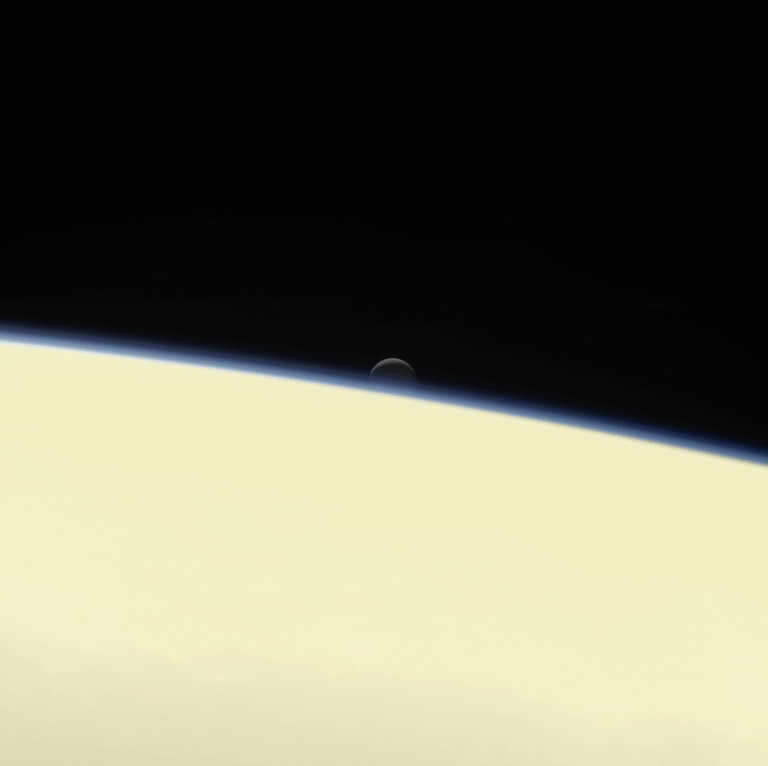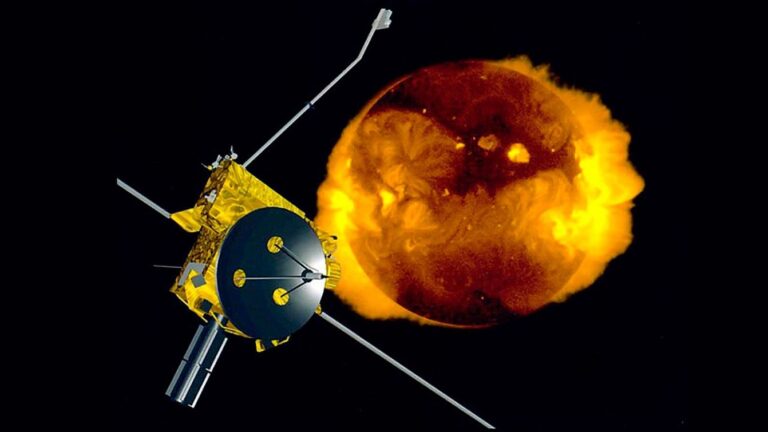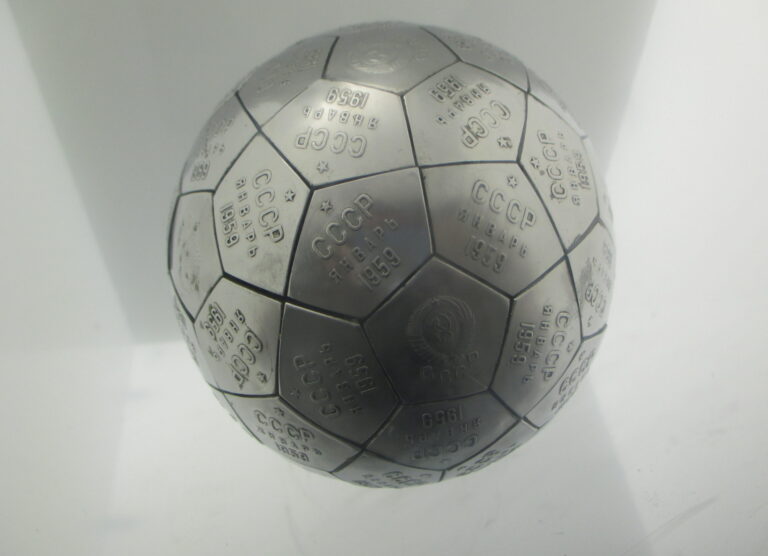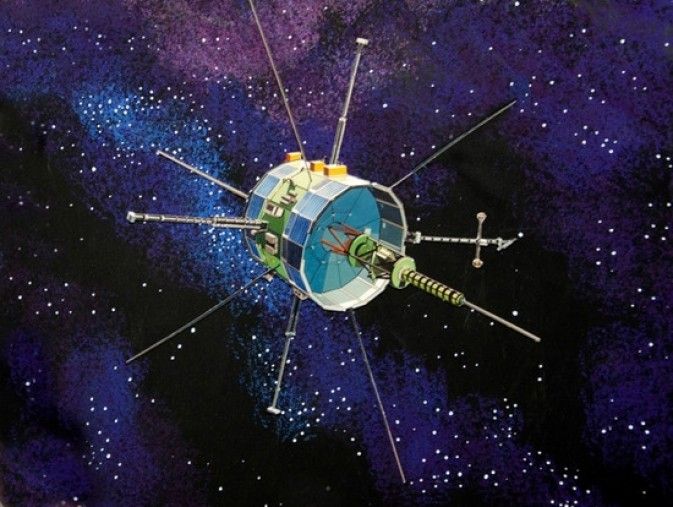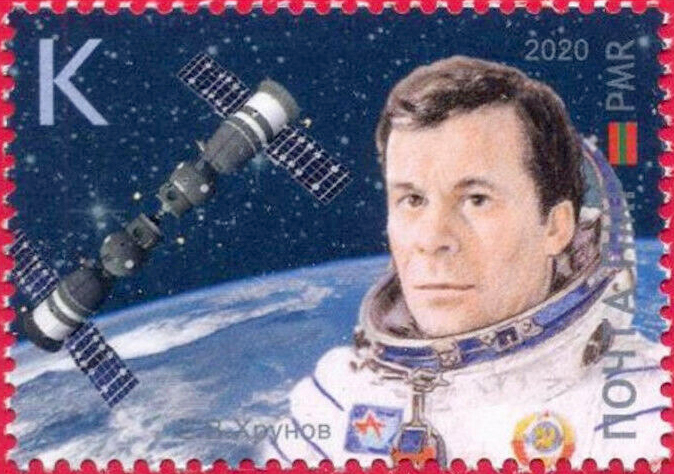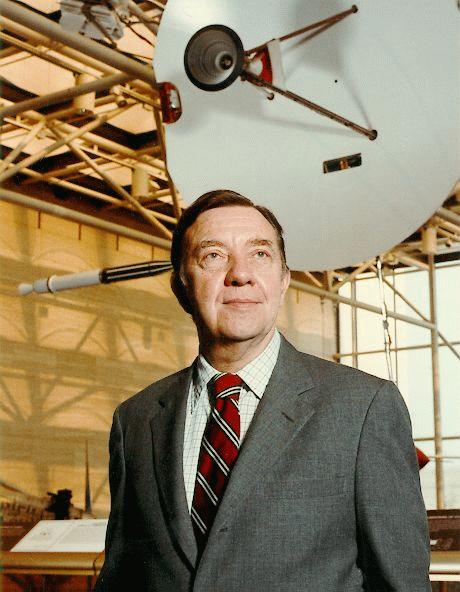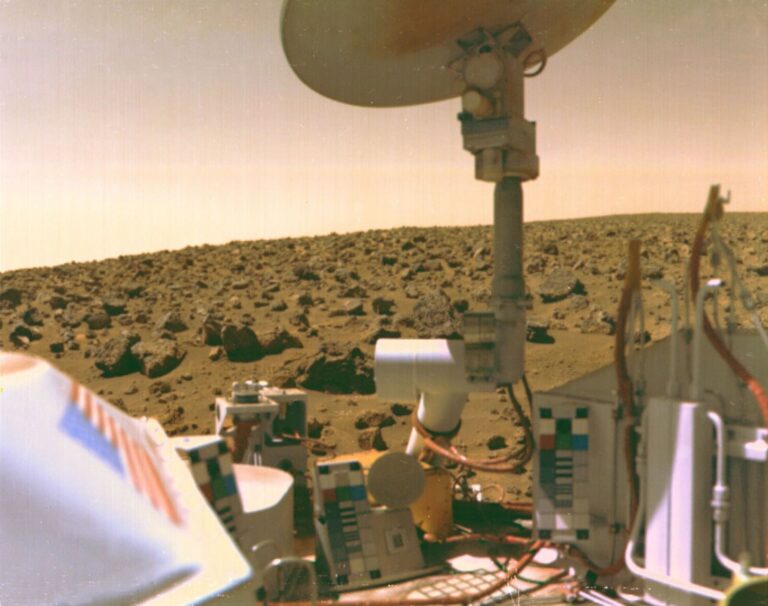Key Takeaways:
Taller than the Statue of Liberty, the massive Space Launch System (SLS) will generate 15 percent more thrust than America’s last Moon rocket, the Saturn V. NASA officials have now set a date for the rollout of the massive SLS with its uncrewed Moon-bound craft for its first mission: Artemis I.
On March 17 at 6 P.M. EDT, engineers and technicians will move the rocket from inside the Vehicle Assembly Building (VAB) to the open air and begin the “first four miles of NASA’s return to the Moon,” according to Mike Bolger, the program manager for Exploration Ground Systems Program at the Kennedy Space Center in Florida.
It will take 11 hours for the crawler transporter vehicle to move Artemis I from the VAB to its future launch pad, 39B, as the whole ensemble will move no faster than 0.82 mile (1.3 kilometers) per hour to allow engineers to gather data along the way.
There is a four-day margin built in for the actual rollout, based on how the final preparations progress, as well as to ensure weather conditions are favorable.
Tom Whitmeyer, deputy associate administrator for the Exploration Systems Development Division at NASA Headquarters in Washington, D.C., said preparations for the rollout have “gone very well.” These include closing certain areas of the stacked rocket vehicle, conducting inspections, taking photographs, and removing the 20 basketball-court-sized platforms that workers have used to access the assembly.
Dress rehearsal time
The rollout is just a prelude, however. Bolger explained that once Artemis I reaches the launch pad, there will be more work to do — for example, fire safety and navigation testing. Personnel will also begin arriving at launch control to activate consoles and test communications.
Then the rocket, which will be the world’s most powerful, will be loaded with fuel for its wet dress rehearsal. Mike Sarafin, the Artemis I mission manager, explained in a press conference Thursday that this is when “cryoloading” of liquid hydrogen and liquid oxygen in the core and upper stages of the rocket takes place. That is: Rocket fuel is tanked up.
Assuming that goes as planned, he said “a unique test setup” will get underway, including a demonstration countdown that will stop at about the final 90 seconds. That three-minute stop will allow engineers to assess the status of the rocket engines, instrumentation, the uncrewed Orion crew capsule, and the European Service Module, which is Orion’s power plant. The count will then recycle to a 10-minute mark until, at about nine seconds to launch, the process will halt.
The wet dress rehearsal should take a couple of weeks. From rollout to completion, this entire process will take about a month.
Once all systems check out, the rocket will be detanked, returned to the VAB, and face final preparations for a launch. Those preparations, Bolger said, include putting access platforms back, removing wet dress sensors, installing and testing batteries, stowing items in the Orion module, loading software, and more.
Then Artemis I will be ready for its second rollout, this time to launch. The current windows are from May 7 to May 21, June 6 to 16, and June 29 to July 12. The May timeframe would be optimistic, at this point.
A cargo of cubesats
The SLS has been dogged by delays and cost overruns, but it forms the centerpiece of NASA’s planned Artemis missions. Artemis II will take humans on a lunar flyby in 2024. Using SpaceX’s Starship craft, Artemis III will land the first woman and first person of color on the Moon sometime after that. If NASA sticks to using Orion carry crew to lunar orbit, astronauts will need some portion of the planned space station called Gateway to transfer from Orion to Starship.
For now, it’s all about successfully launching the first SLS and getting Orion to and from the Moon.
While most of the attention has been on the SLS rocket and the Orion module — this is the first flight of these highly complicated systems, after all — there is science aboard Artemis I, too. There are 10 cubesats snugly loaded up and patiently waiting for release. These include three missions focused on the lunar surface — searching out water ice, in particular — along with BioSentinel, which will study the effects of deep-space radiation on yeast to compare with similar work done on the International Space Station in low-Earth orbit.
NASA has no concerns about the status of the cubesats, in particular due to any potential evaporation or leakage of thruster propellants.
For now, the cubesats await, like the rest of us, the long-anticipated rollout of Artemis I.
Editor’s note: An earlier version of this article incorrectly stated that Artemis II would be an orbital mission.


